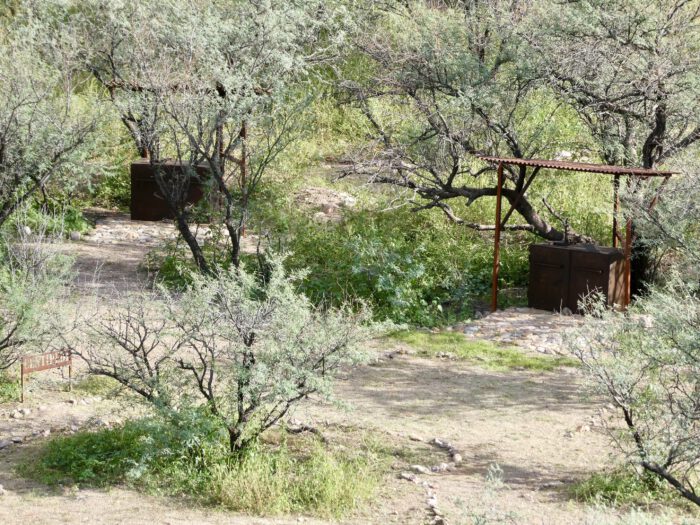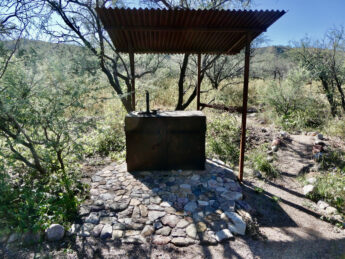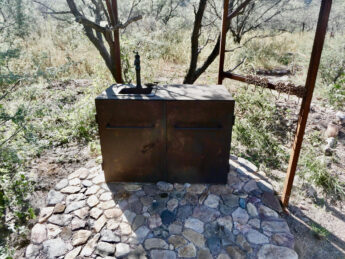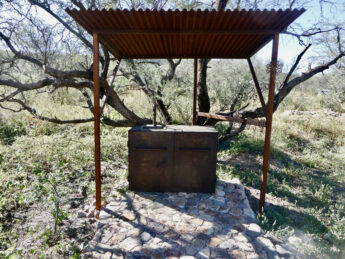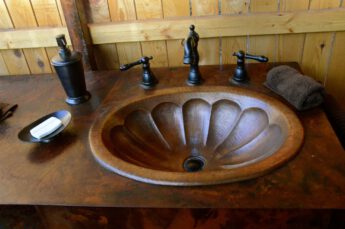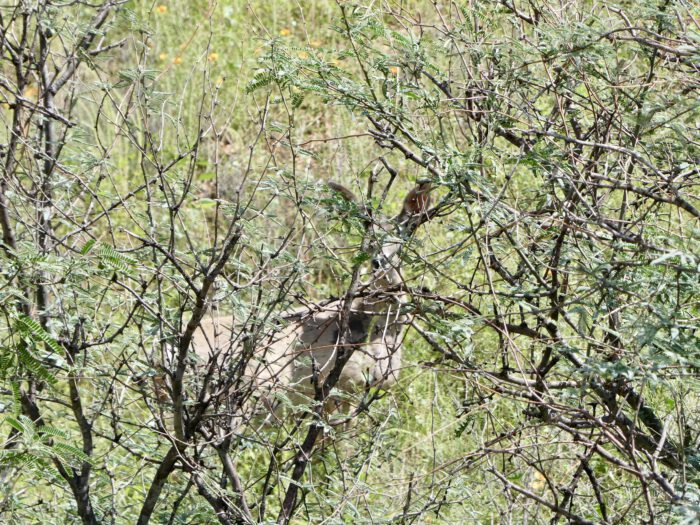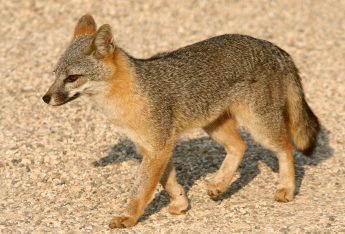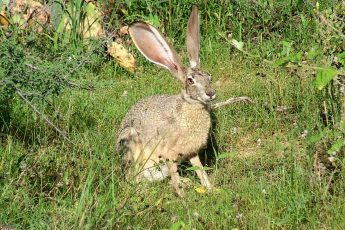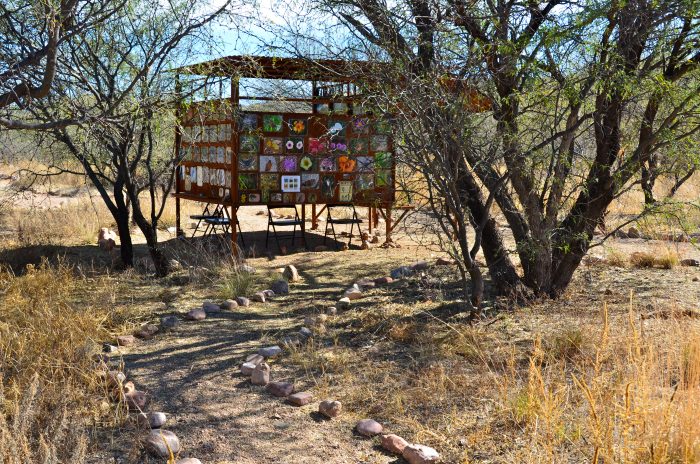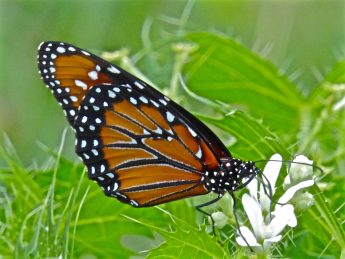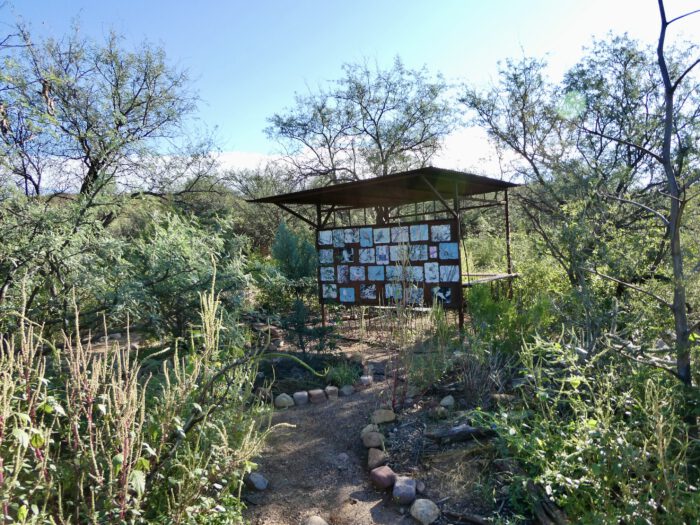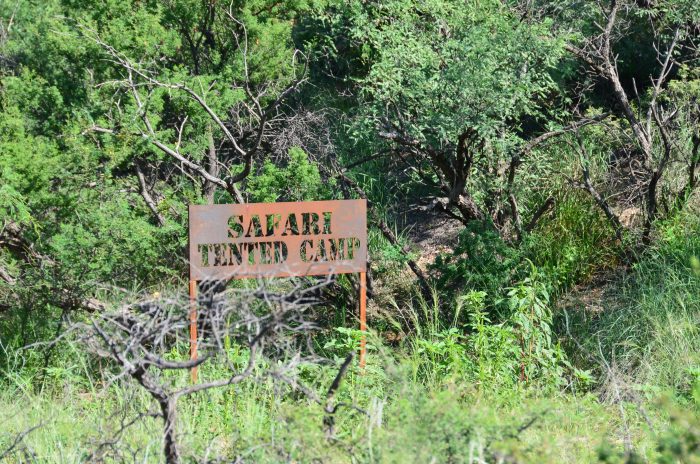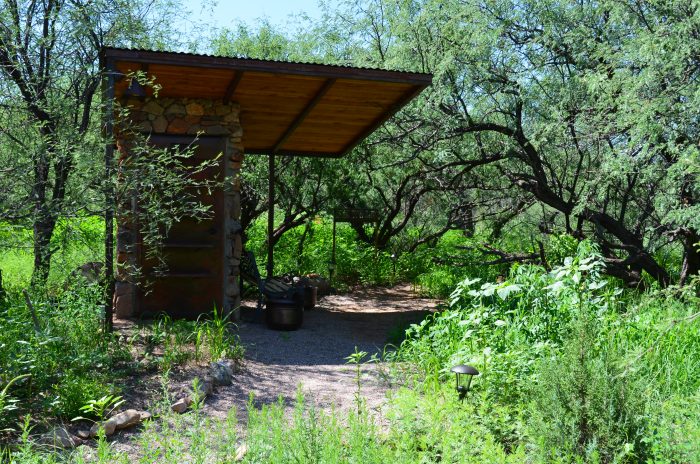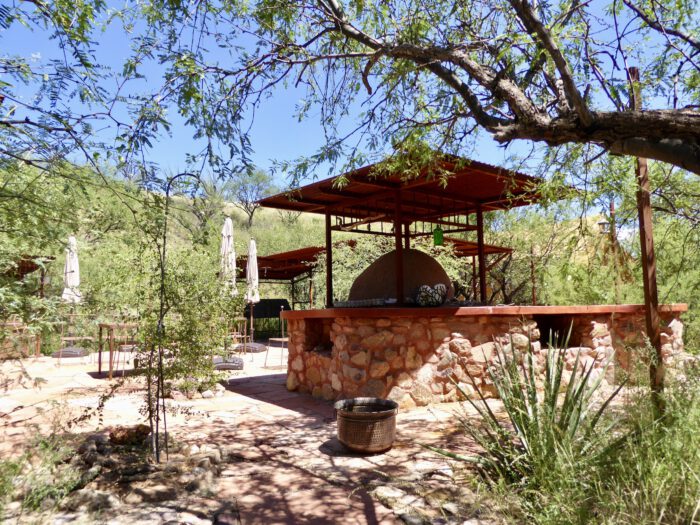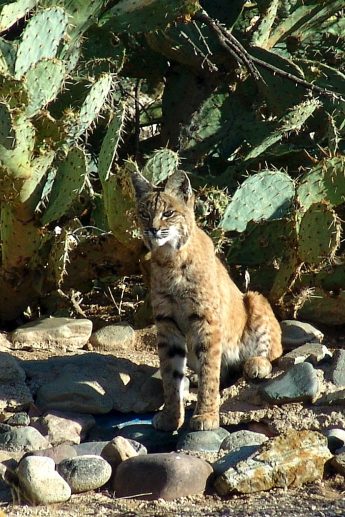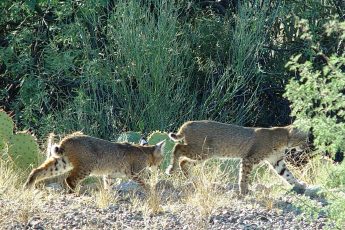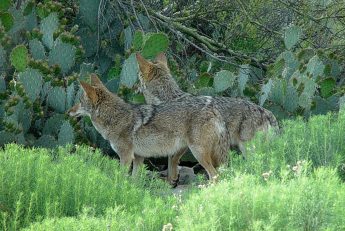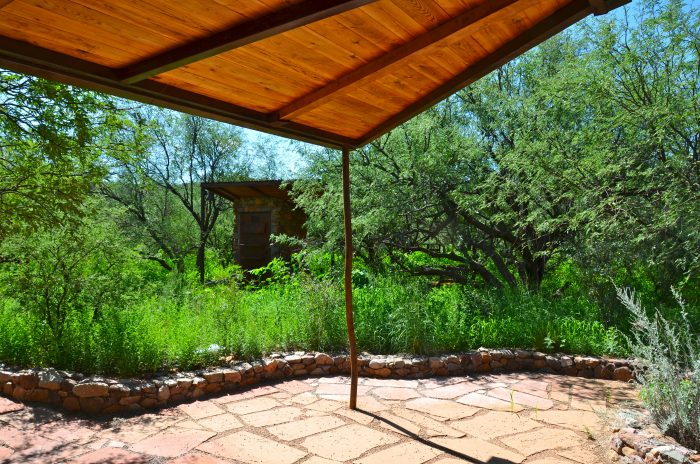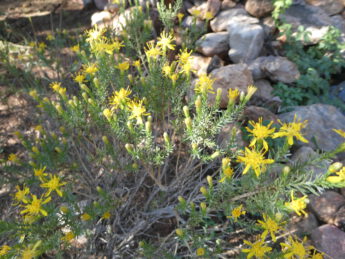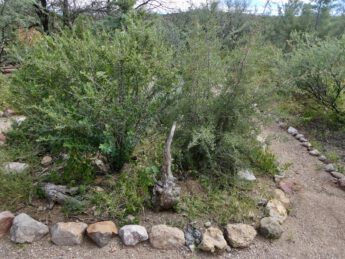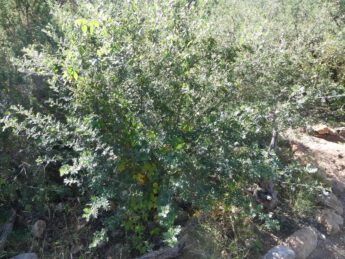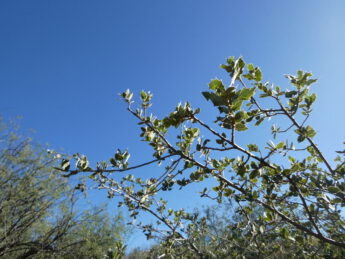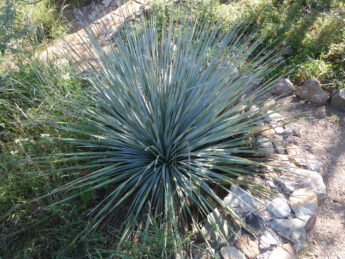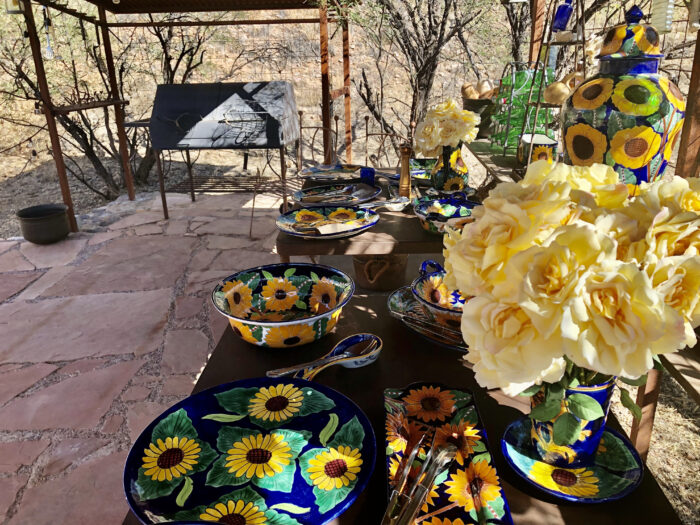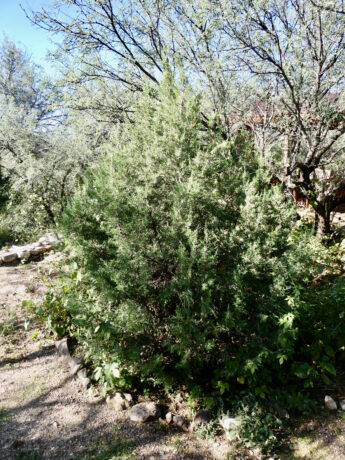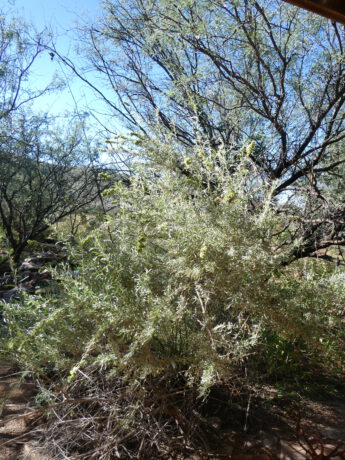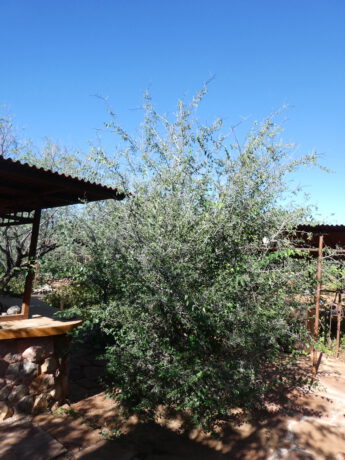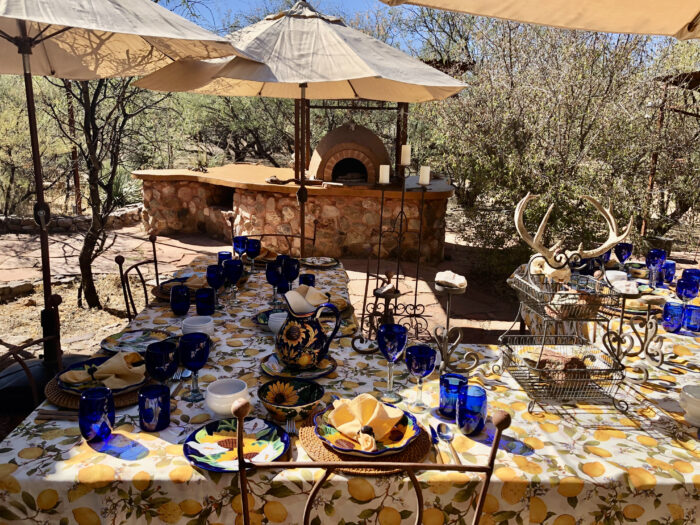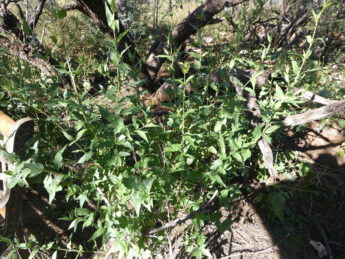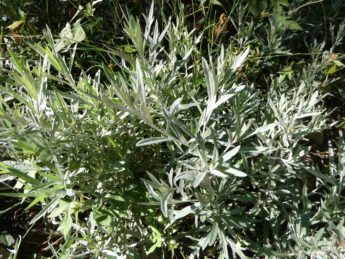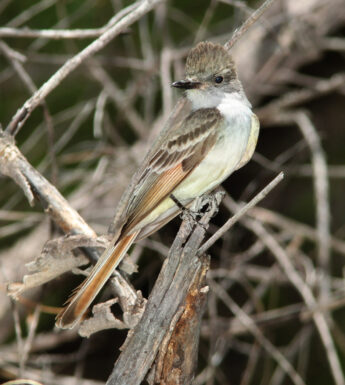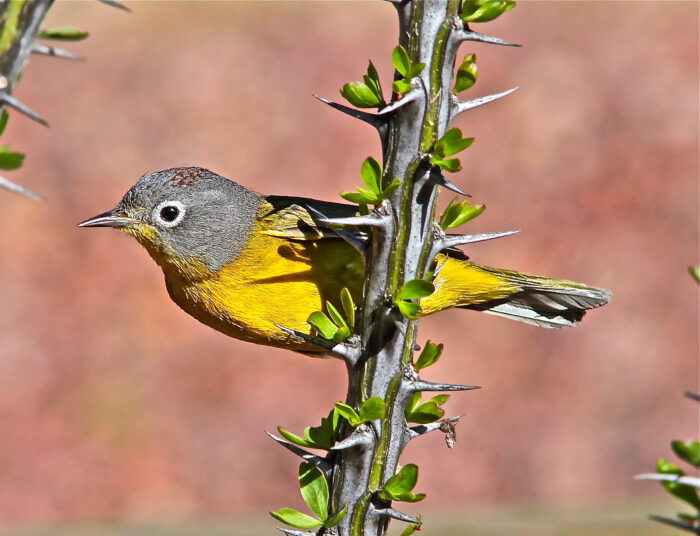A Fusion of Ecology & Rustic Architecture

Inspired by a profound sense of place and born of a deep connection to the landscape and biodiversity at Raven’s Nest Nature Sanctuary, Claudia designed the Sky Islands Safari Camp as a testament to the harmonious interactions between wildlife, plants, and people.
Claudia’s vision for designing the Sky Islands Safari Camp in 2011 at Raven’s Nest Nature Sanctuary was guided by the following principles:
- Build a resilient and sustainable space entirely integrated with the natural world
- Artfully blend rustic outdoor architecture, ecology and long-term sustainability
- Focus on quality materials, long-term durability, functionality and beauty
- Highlight the Sky Islands Biodiversity with open building designs that artfully meld with the natural beauty of the landscape
- Embrace uniqueness and resourcefulness via custom solutions to every natural space
- Take into account Raven’s Nest seasons and natural rhythms to enhance a rich nature experience
- Commit to natural, organic materials such as wood, stone, and clay, often left in their most authentic, unpolished state to highlight their inherent beauty and ability to age gracefully
- Leverage copper sinks and metal for it’s durability and beauty, contributing to the character of the Safari Camp over time
- Use only locally sourced materials and partner with local artisans and with high levels of craftmanship
- Create inviting, warm, practical, timeless outdoor spaces that are comfortable, suited to hold up to the elements, and stand the test of time
- Encourage a deeper connection with Nature and Sky Islands biodiversity for all who visit the Safari Camp

Every action Vincent and Claudia have taken at Raven’s Nest Nature Sanctuary since their arrival on March 2008 has been focused on preserving the gorgeous land and it’s natural resources, benefiting all of it’s varied habitats. Realizing that without a healthy environment we are all ultimately in dire straits, they strive each day to make a positive difference in helping our planet. Hence, Vincent and Claudia unwavering strategy has been to benefit varied habitats and help conserve water in one of the world’s most vital biodiversity hotspots.
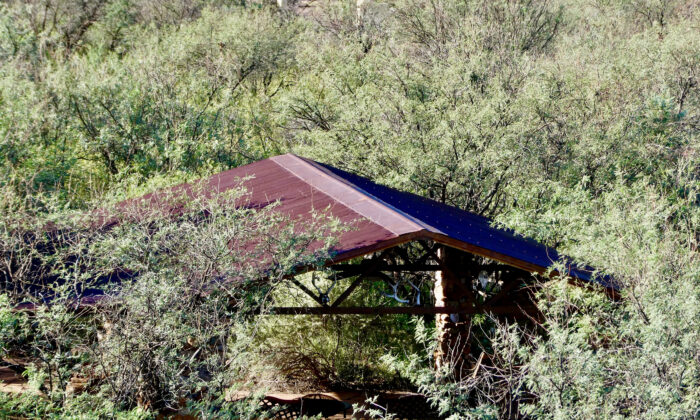
Vincent’s passion and ecological knowledge – born via decades of hands-on field experience – are reflected in every direct action taken at Raven’s Nest. Over the years the transformation of the land has been profound, giving true meaning to the term Nature Sanctuary. At the Safari Camp, Vincent led the long process of creating the Safari Camp as the Environmental & Conservation Consultant – determined to preserve every single plant and thus forcing Claudia’s designs to contour around – to have the least impact on the land.
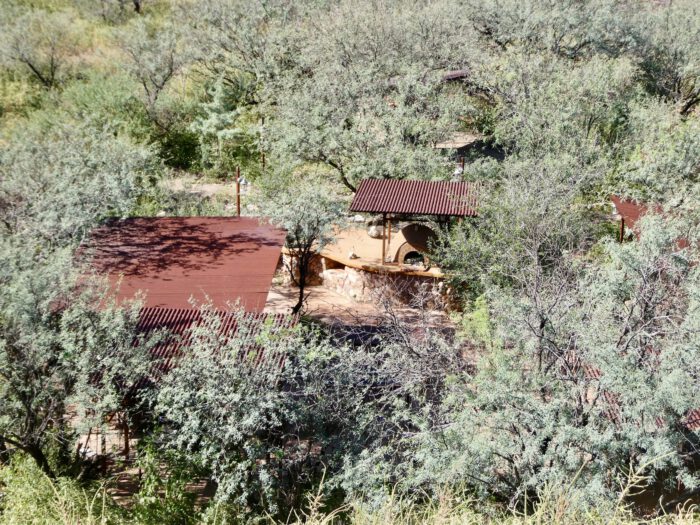
Thus from the onset, all the new structures seemed “planted” amidst the gorgeous vegetation. Together, Vincent and Claudia committed to protecting its native plants. Thus, not a single tree or shrub was removed or damaged during its construction. Instead, Claudia worked with the open spaces, which consisted mostly of nonnative grass species.
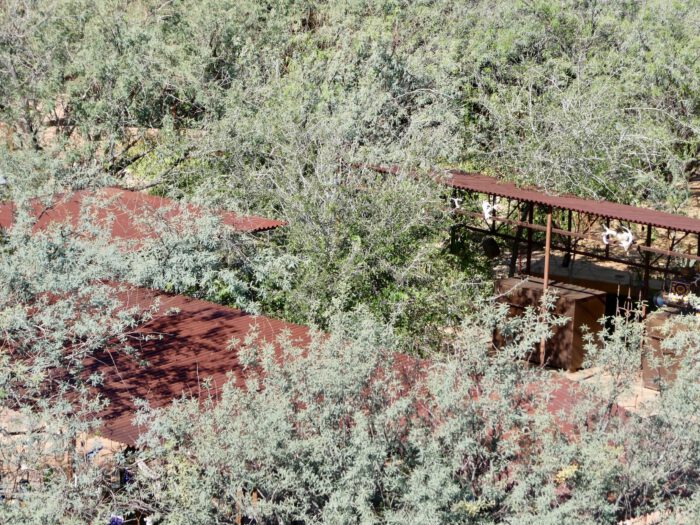
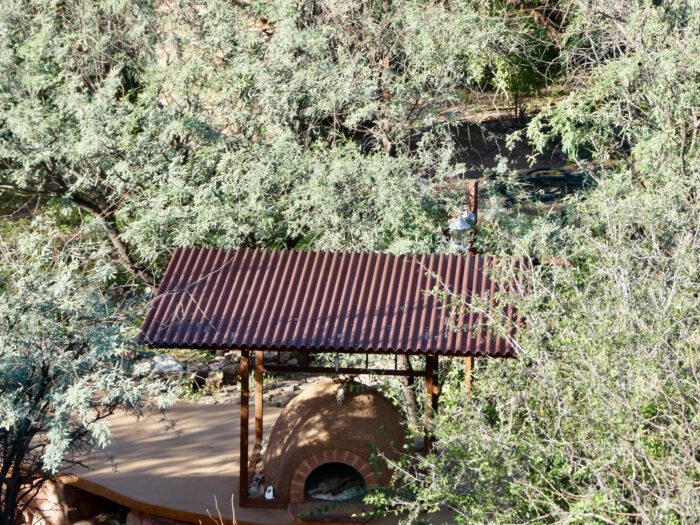
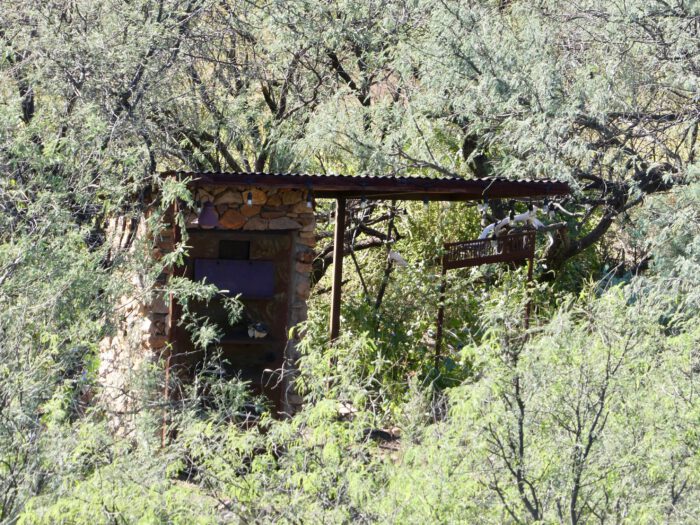

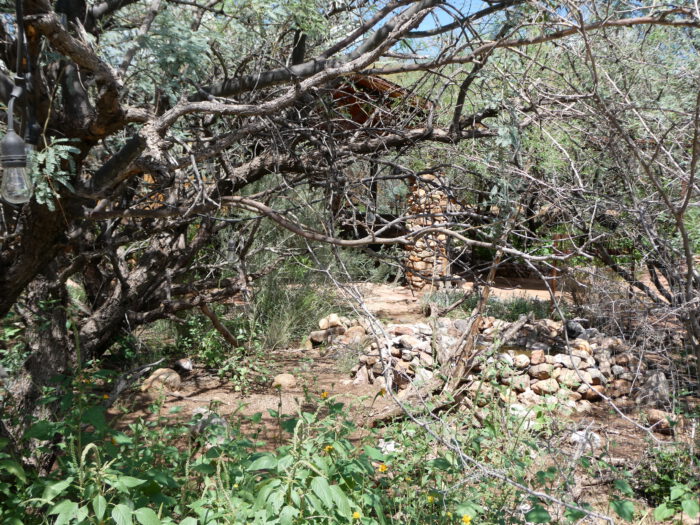

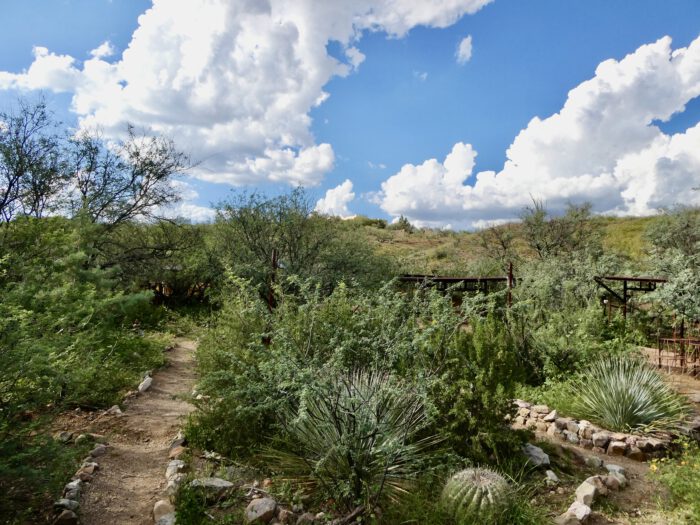
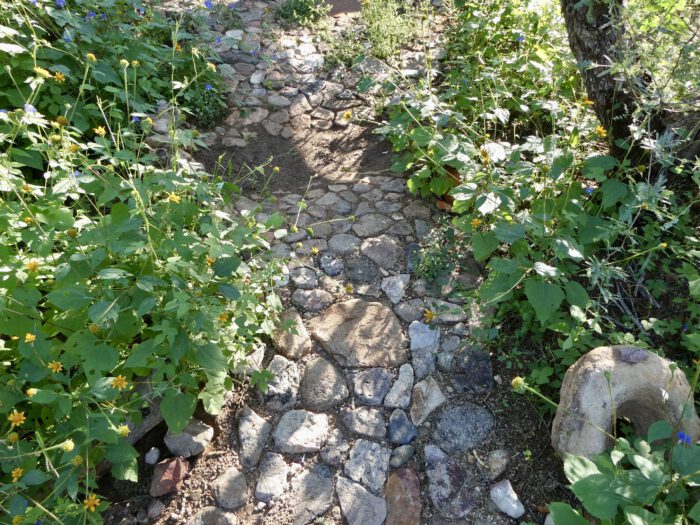
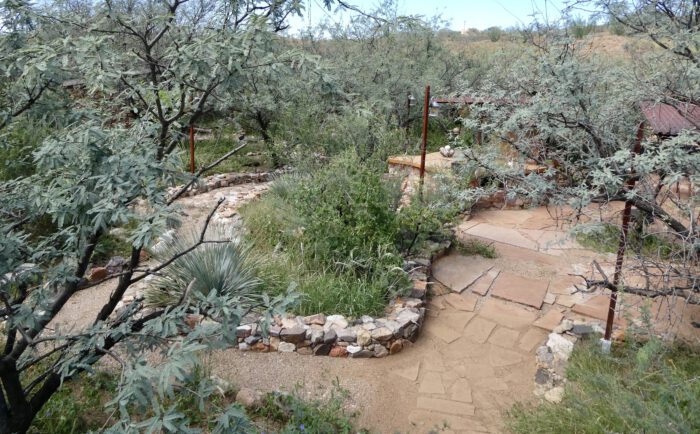
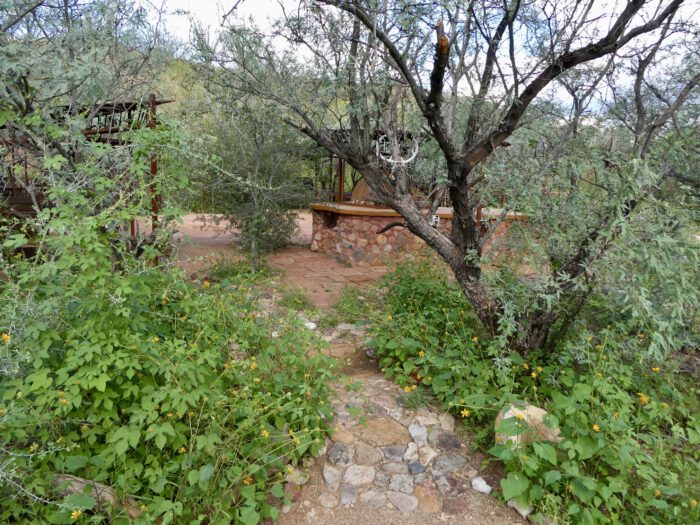
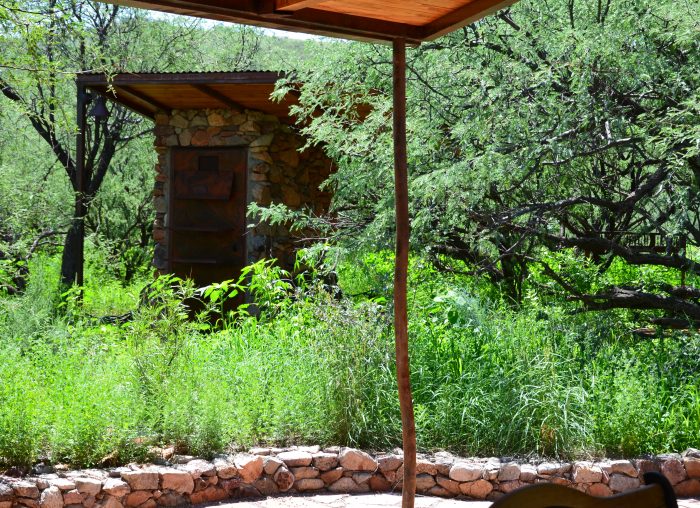

The Safari Camp allows a very direct and intimate interface with Nature, discovering and interacting with the diverse Sky Islands flora, fauna, and fungi. Therefore, at Raven’s Nest it’s a perpetual exploration and celebration of the renowned biodiversity, all-the-while contributing to the protection of the environment and the health of the valuable habitats at the Nature Sanctuary.
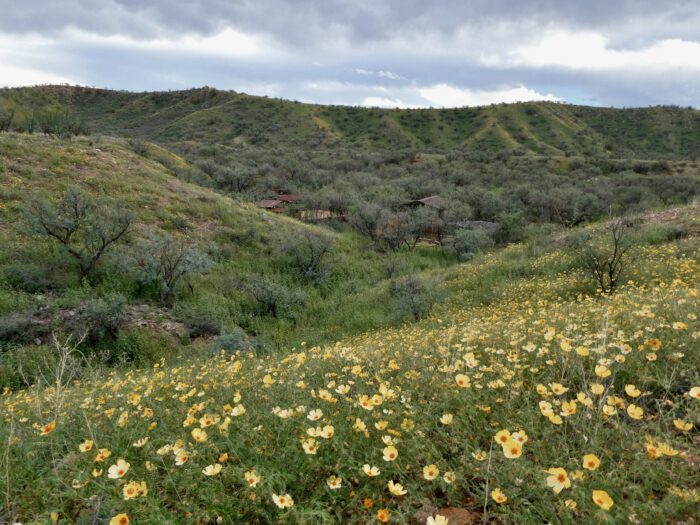
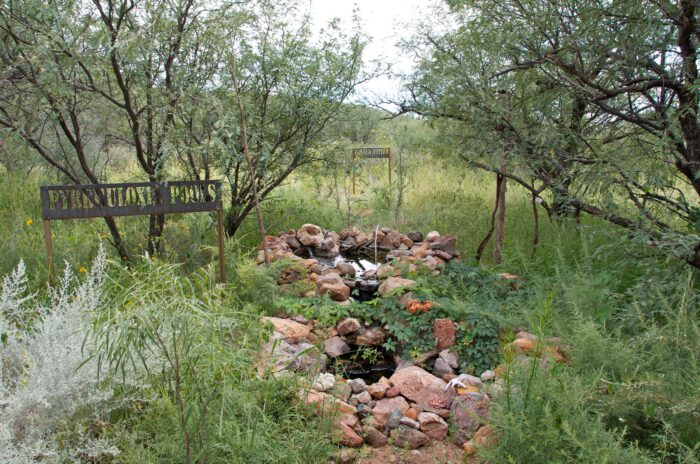
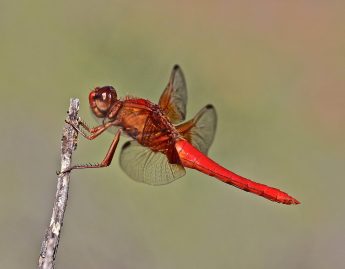
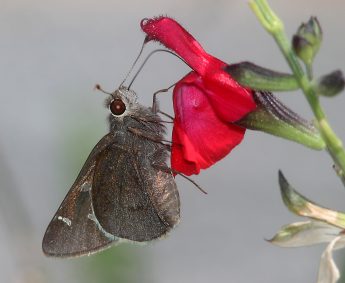
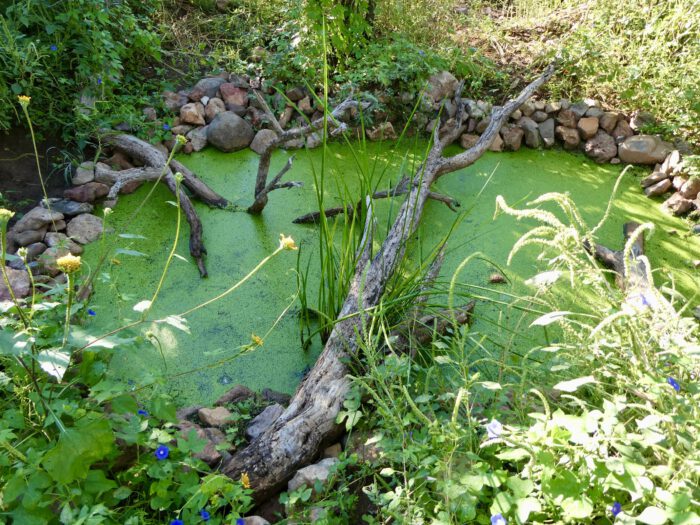
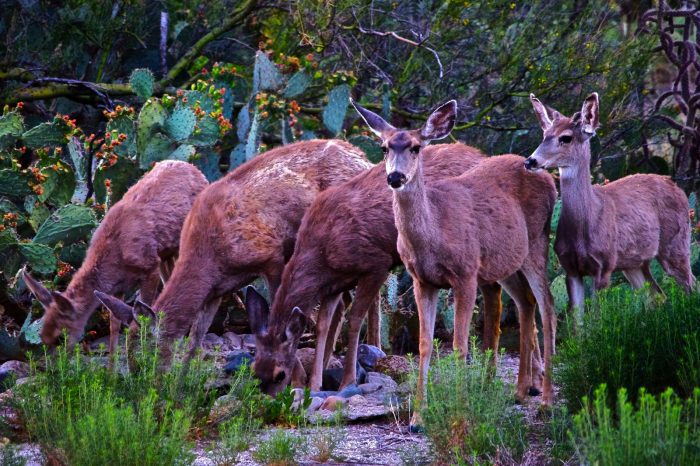





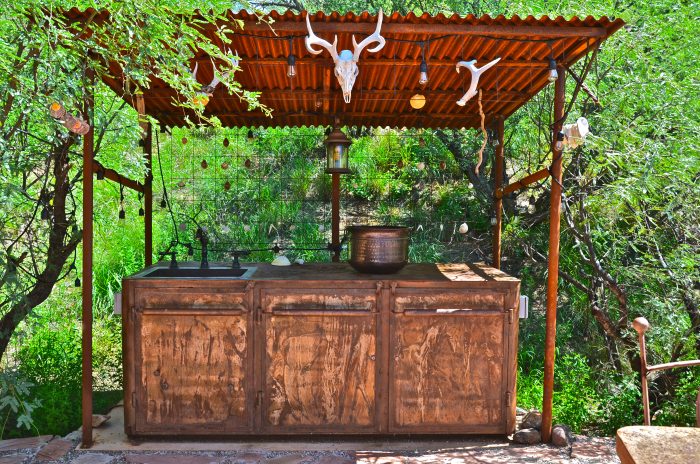
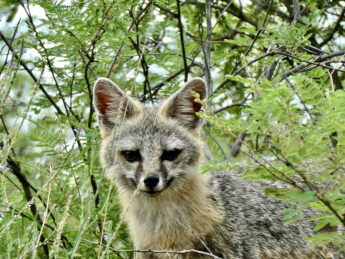
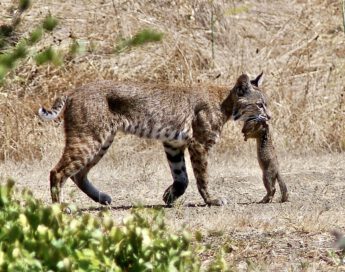

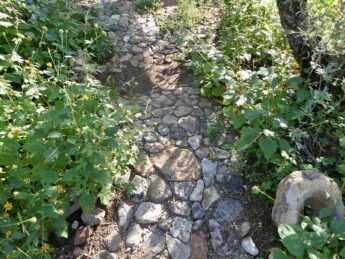
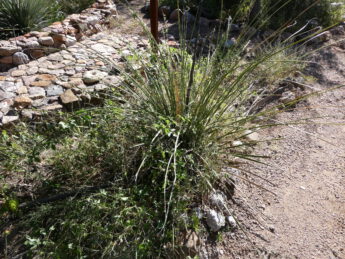

Every action has been aimed at enhancing the land to benefit the species that inhabit and visit beautiful and secluded Raven’s Nest Nature Sanctuary. Working off of the success at and near the house, in the grasslands, and by the Sky Islands Discovery Center, Vincent applied the same habitat restoration principles at our newly completed Safari Camp in 2012.
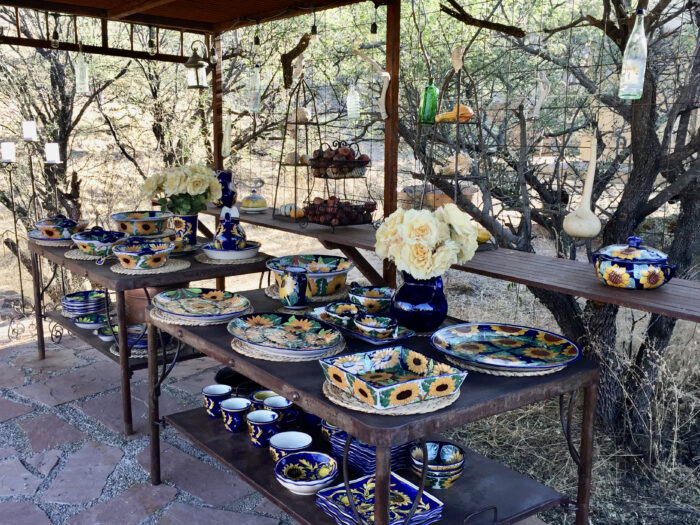
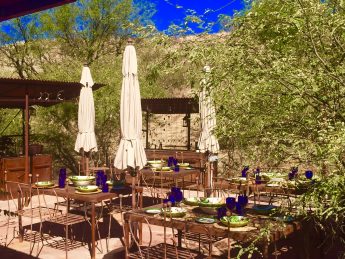
At the Sky Islands Safari Camp, Vincent implemented the same ecological restoration principles throught the preserve transforming a stretch of Mesquite Woodland that was rife with nonnative plants to one utterly devoid of them. The native plants Vincent planted have been a magnet for wildlife. All of the species below have human uses in addition to their utility to wildlife.
Trees
- Alligator Juniper
- Arizona Juniper
- Arizona Cypress
- Scrub Oak
- Desert Willow
- Catclaw Acacia
- Velvet Mesquite
- Texas Mulberry
- Netleaf Hackberry
- Western Soapberry
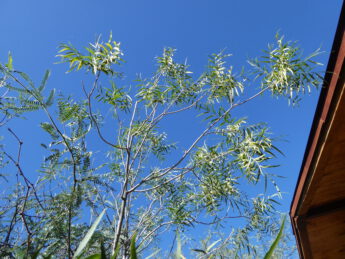
Shrubs
- Desert Sumac
- Wolfberry
- Oreganillo
- Desert Honeysuckle
- Goldenbush
- Fourwing Saltbush
- Graythorn
- Gum Bumelia
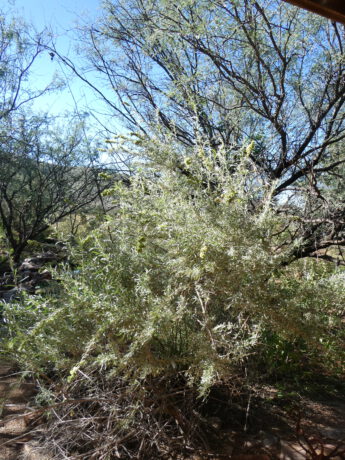
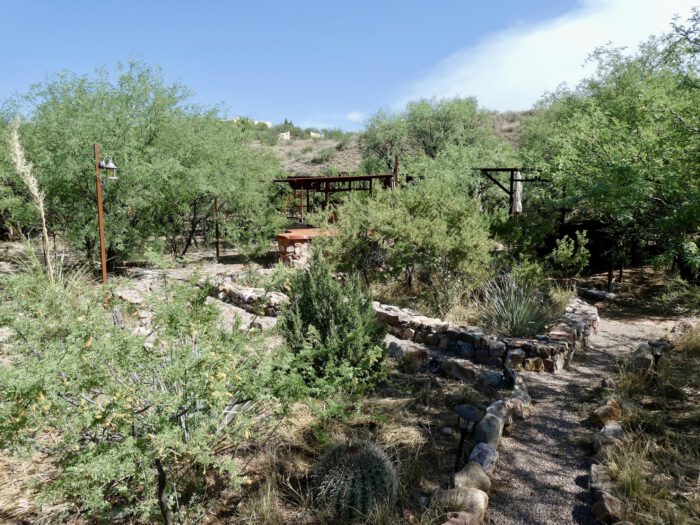
Succulents
- Beargrass
- Sotol
- Fishhook Barrel Cactus
- Cane Cholla
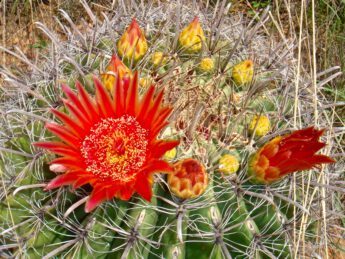

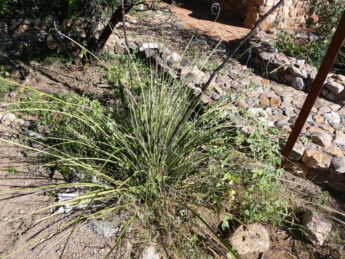


Other Plants
- Mugwort
- Canyon Creeper
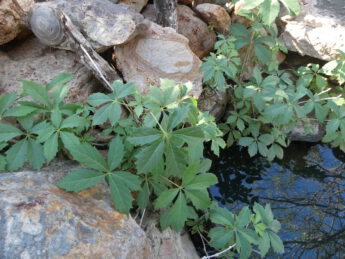
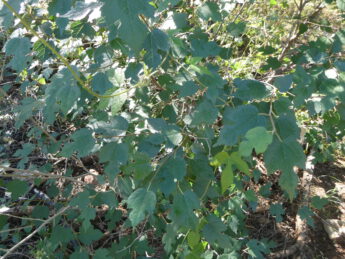
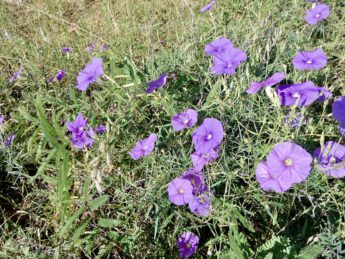
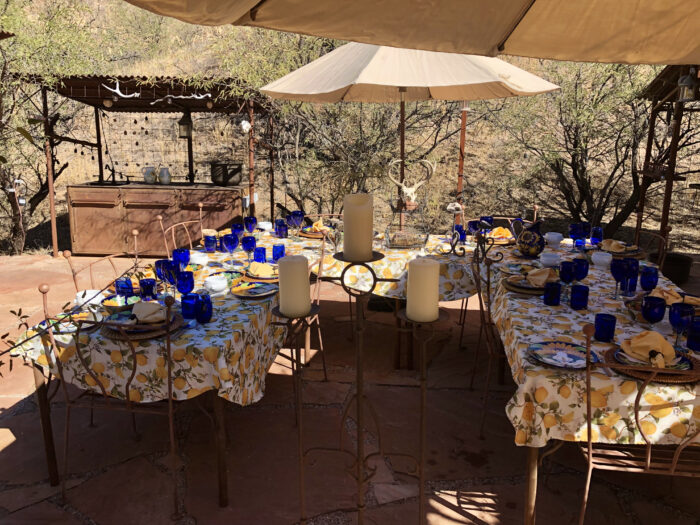

ECO-BATHROOMS, SHOWERS & SINKS TO BENEFIT NATURE
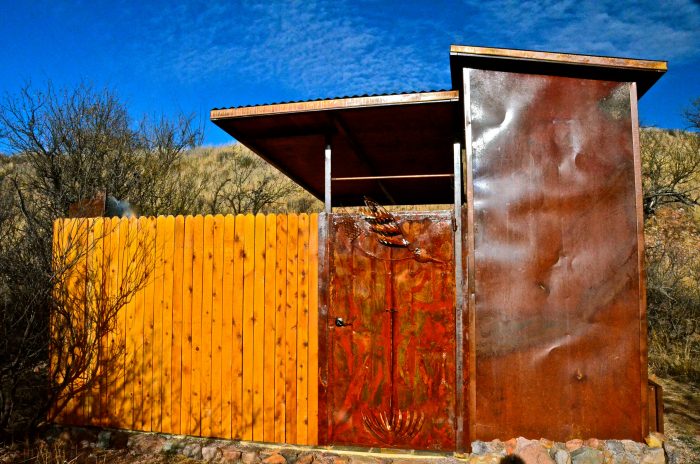
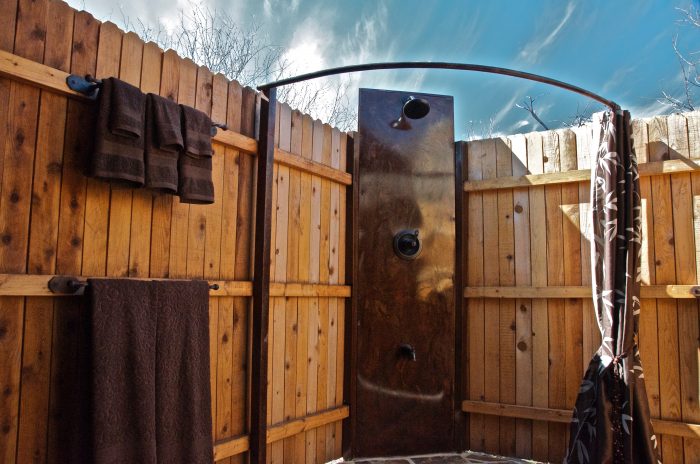
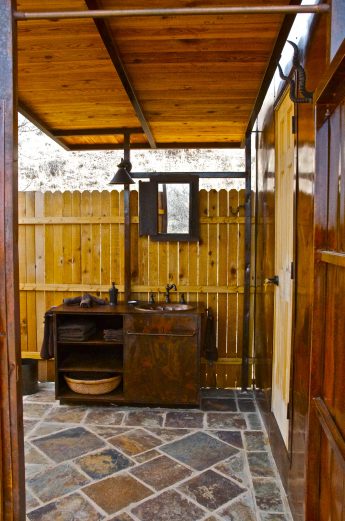
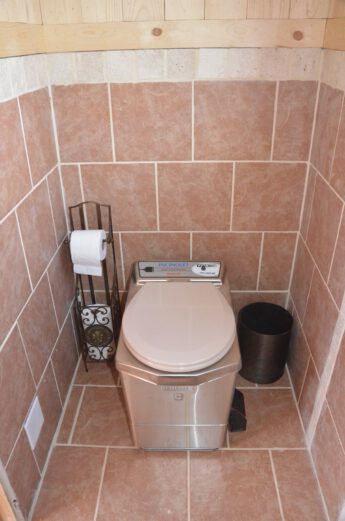
To further conserve water, Claudia designed every copper sink and copper shower at Safari Camp and Main Camp gray-water ones. Used water benefits native plants, which in turn support the amazing Sky Islands biodiversity
- All the outdoor and indoor showers and copper sinks are set up for Gray-water recycling, allowing the reuse of all water for the benefit of the surrounding trees and other native plants
- Only Gray-Water copper Sinks and Showers at Safari Camp
- 7 Outdoor Gray-water Solar Showers at Main Camp
- 4 Indoor Gray-water showers at Nighthawk Nook
- 10 Gray-Water copper Sinks at Safari and Main Camps
- 7 Outdoor Gray-water Solar Showers at Main Camp
